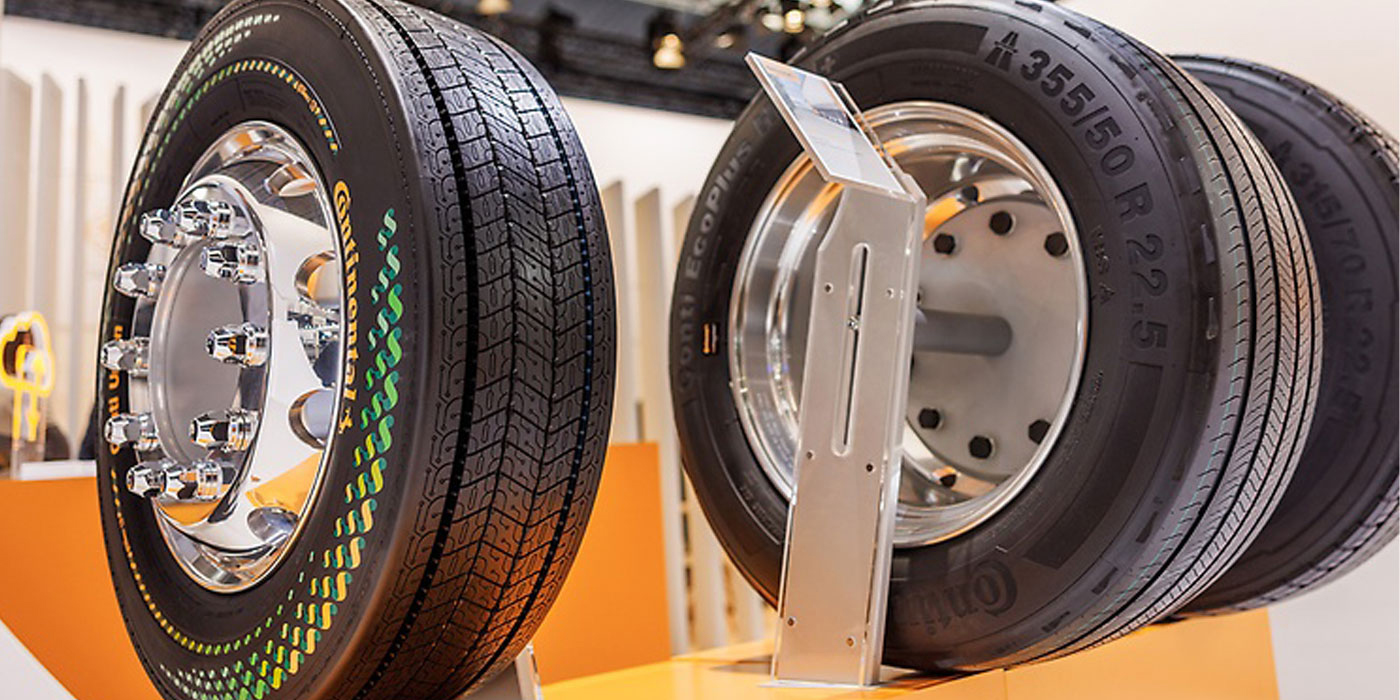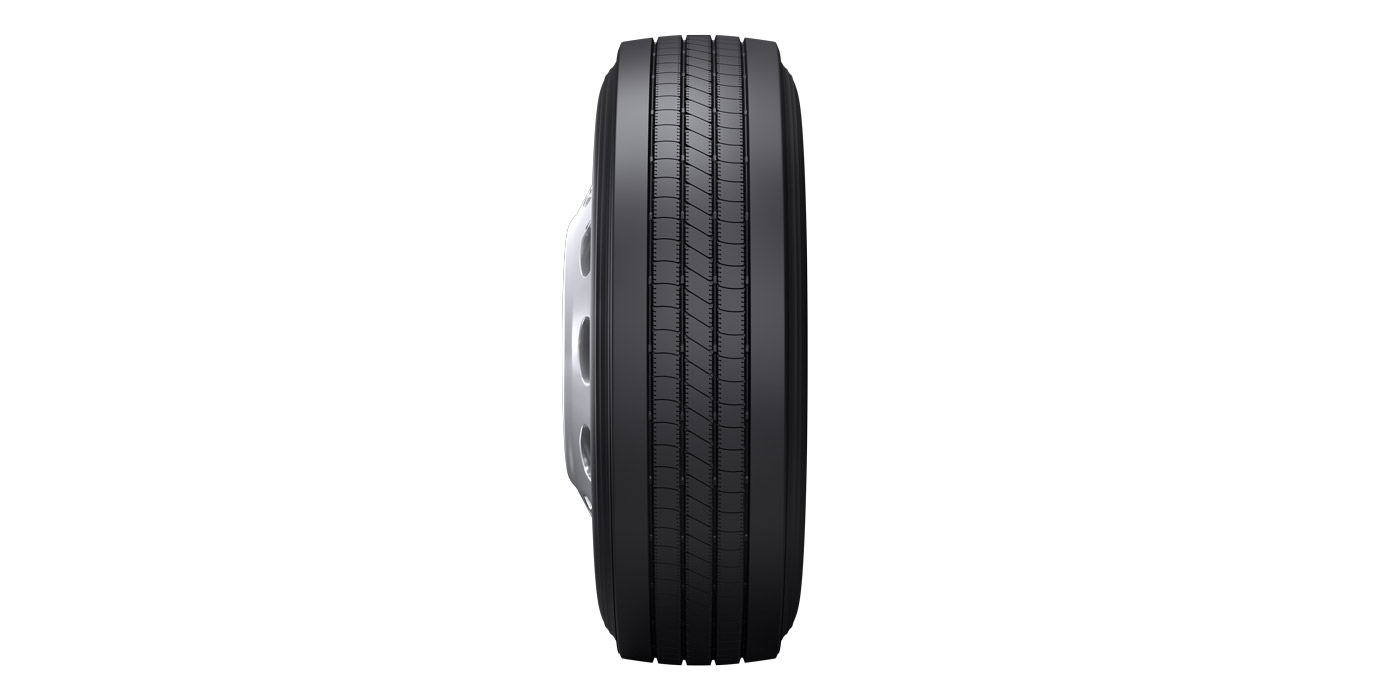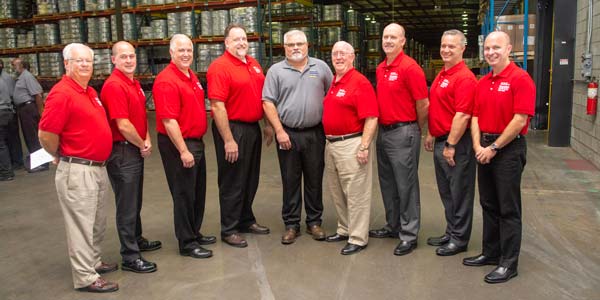At a time when virtually every business owner seeks ways to outsmart a tricky economy, one smart option continues to gain well-earned attention – retreading truck tires.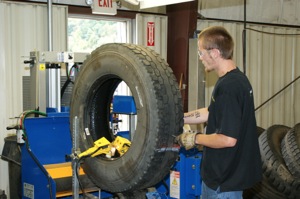
Retreading is certainly not new, but the act – and materials – continue to evolve. The result is that retreads remain a significant part – almost 50% – of the U.S. truck tire replacement market.
As new technologies continue to improve retread quality while keeping costs low, the retread market has, depending on the expert, either remained robust or at least rebounded to pre-recession levels from a market low in 2009. Even when the new-tire market declined last year, retreads continued to show a steady compound growth of about 4% since 2009, making the retread market appear resistant to extreme swings in the economy.
Explanation is Simple
“Retreads that are enabled to perform similarly to new tires offer a great cost of ownership,” says Paul Williams, executive vice president for truck tires at Continental Tire the Americas, “because as new tire prices have increased, the relative cost of retreads has decreased.”
Those equations show few signs of changing – at least not for the worse. “For the market overall, I see growth for retreading, despite what might happen for new tires,” Williams says. Other experts predict soft sales in the first half of the year, but expect the second half to show net gains over last year’s figures, ultimately resulting in an industry growth of 2% each year through 2015.
One of the biggest reasons for the retread market’s strength is its popularity among fleets.
“Fleet acceptance of retreading has always been good,” says Bill Sweatman, president of Marangoni Tread North America. “Tires are the third-highest operating cost for commercial trucking fleets, only behind wages and fuel, so they are important assets that need to be managed.
“Over the last few years, many things have changed that make retreading more important than ever,” Sweatman says. “The quality of retreads today has never been better and trucking fleet maintenance managers recognize that the economic advantages of a well-managed tire program that includes retreading is essential to obtaining the lowest operating cost.”
“Retreading is a great strategy to help reduce a fleet’s overall tire costs,” adds Maryann Kotlarich, commercial tire public relations director for Michelin North America. “Retreading continues to be a great solution for fleets that truly understand the total cost of tire ownership. What we have seen in the market is that more and more fleets have to look at every solution possible to try to reduce their costs. Cost-saving options like retreading and running fuel-efficient tires and retreads are naturally going to garner more attention in today’s high-cost environment.”
Continental’s Williams agrees: “As fleets become more adept at managing their costs, they are simultaneously becoming stronger in the maintenance of their casings. We also see that fleets are now marrying their new and retread tire programs together. This means they are looking to gain advantages in leverage, but also in performance, by relying on the same patterns and compounds across their tire program.”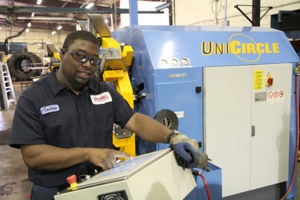
Sweatman says there’s another reason fleets are making the retread choice: “Retreading also means recycling and making an important decision that is environmentally responsible. Retreading quality worn truck tires consumes less natural resources, and it’s estimated that the U.S. saves in the neighborhood of 200 million gallons of oil a year.”
Improving the Breed
Tire manufacturers are reporting the implementation of several new technologies that improve retread quality.
“In recent years,” says Michael Manges, communications manager at Goodyear Tire & Rubber Co., “we have achieved improvements in tread design, fuel efficiency and other areas. For example, three of our retread products were recently SmartWay-verified by the EPA, an important designation.”
SmartWay verification has become the de-facto standard by which all medium truck radials are measured. Fleets demand low rolling resistance, and until there is an established mandated testing and labeling system for truck tires, SmartWay verification is the one way fleets can guarantee the tires they are considering are fuel-efficient.
Bert Jones, manager of product marketing at Bridgestone Americas, cites several of his company’s Bandag-based technologies as significant advancements, from the “improvement of a Bandag-exclusive shearographic inspection machine that scans bead-to-bead on every tire and helps remove substandard casings with hidden defects from the Bandag process,” to the updating of “automated computerized buffing machines that increase productivity while optimizing finished buffed-tire consistency.”
Marangoni’s Sweatman sees this trend as a natural progression. “Premium radials are meant to be retreaded,” he says, “and as maintenance procedures have improved so has the opportunity to get more useful life out of tires. Casing-inspection technology, application-specific treads and spliceless precure technology have all helped to dramatically improve retreading performance.
“Technology used in the production of retread materials and in the manufacturing of the retreads themselves has steadily improved, so today’s retread performance is comparable to, and in some cases superior to, that of a new tire,” he says.
“Manufacturers include a huge amount of their new-tire technologies in retreads,” Williams adds. “But Continental uses the same tread designs and compound technologies, which makes perfect sense in the eyes of the customer. Fleets don’t change application between taking off the new tires and fitting retreads. So if the new tire, which has been tried and tested, meets the fleet’s needs, then fitting a retread with the same pattern and compound is also going to work. This is where the biggest technology change is coming from.”
Those performance characteristics for retreads now extend to fuel efficiency. In mid-2012, the EPA established standards by which retread stock could be SmartWay verified, and thus far all of the major providers have lined up with their now SmartWay-blessed treads.
Meanwhile, Kotlarich says that, “new technologies like X-ray capabilities and our casing integrity analyzer really allow us to truly see the integrity of the casing. And of course we still use the human-touch final inspection for every retread. Matrix siping, advanced-wear and fuel-efficient compounds, and more application-specific tread designs – these are all areas where great strides have been made in technology.”
Indeed, each tire manufacturer can boast a product or feature that sets it apart from the retread competition. At Goodyear, it’s the UniCircle, a continuous ring with a seamless construction that matches the shape of the tire’s casing, making it uniform and balanced and therefore extending casing life and tire mileage, according to the company.
Similarly, Marangoni’s Ringtread treads are a double-contoured spliceless precure tread that’s molded in the shape of the tire so it doesn’t distort upon retreading.
Continental is launching a new third-generation casing to complement both new tires and retreads, which allows for common tread widths. This enables fleets to gain the lowest driving costs and simplifies the buying process.
And Bridgestone not only offers a line of Bandag products, each designed for specific applications, but also touts a distribution network and IT products that help fleets track and manage matters of maintenance and inventory.
“Fleets that I talk to are looking for a retread supplier that can deliver equal or better performance, across all measures, to new tires,” says Bridgestone’s Jones. “Asset management, cost-per-mile, down time reduction and road service response time are some of the key performance metrics that fleets consider when choosing a retread supplier.”
“Does the fleet look for something different in their retread than they do in their new tire?” Williams asks. “I would suggest not. All the elements that factor into the selection of a new tire, such as mileage, fuel consumption and irregular wear performance, are the same needs for the retreads. Their service needs also are the same, whether discussing a replacement tire provider or a retreader. Fleets need a quality retreader who offers the 24-hour service they need to avoid or mitigate costly down-time.”
Meeting Expectations
Sweatman suggests that the best retreaders establish good, communicative relationships with fleets from the moment a retread program is established, even offering facility tours to better educate the fleet customer. But Kotlarich summarizes a fleet’s expectations as a changing variable.
“Each company has its specific requirements for what it’s looking for in a retreader and retread supplier,” she says. “It depends on the company’s casing management, turnaround time, needs-availability of the necessary product, level of dealer service, online reporting needs, and fleet location. A dealer must be able to meet and resolve these issues.
“Dealers can succeed in this segment,” she says, “by offering just-in-time quality service, excellent casing management and a full line of mobility solutions for their customers.”
“Dealers who are passionate about customer satisfaction and service will find there is a big demand for business,” Sweatman adds. “Those who consistently invest in their business, maintain financial strength and remain independent will be very successful.”







